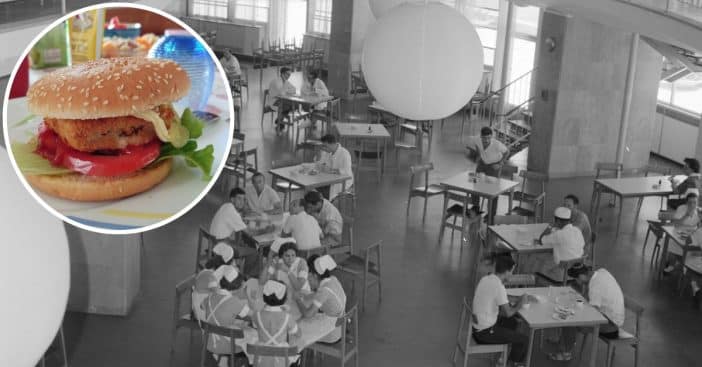
Unknown to many, hamburgers from the ‘50s are quite different from what we have now. Back then, the simple and delicious quick meal was becoming popular, and one can say the burger has undergone reiterations and improvements through the decades.
The mid-20th century employed drive-ins, some kitchen appliances that have fizzled out, and various cooking methods to get their perfect, mostly homemade hamburgers. They loved to pair the meals, mostly made to small sizes, with freshly made fries and milkshakes. Here’s what your average ‘50s burger entailed.
Onions cooking on meat
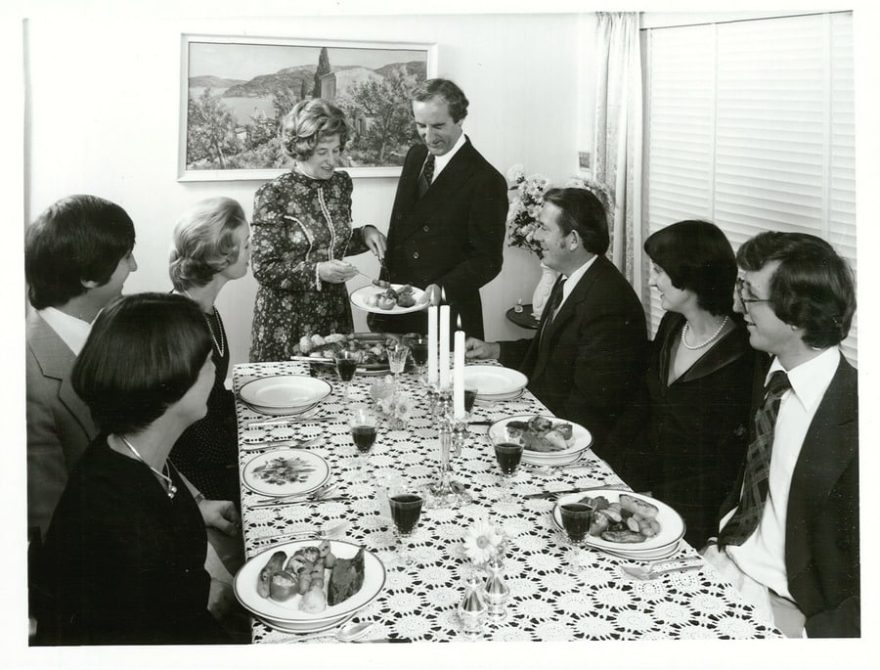
While fresh flattened meat was cooking on the grill, they would slice raw onions over it to cook and release its flavors on the patty. “Raw or near raw onions on a burger is a more modern notion, and any grill in the ’50s would have had onions on it,” a Reddit user noted. “Even if you didn’t have them on your burger, they would season the grill, and you’d get some of the taste anyway.”
RELATED: Burger King Employee Who’s Worked There For 50 Years Has Never Missed A Day Of Work
Smashed crusty patties
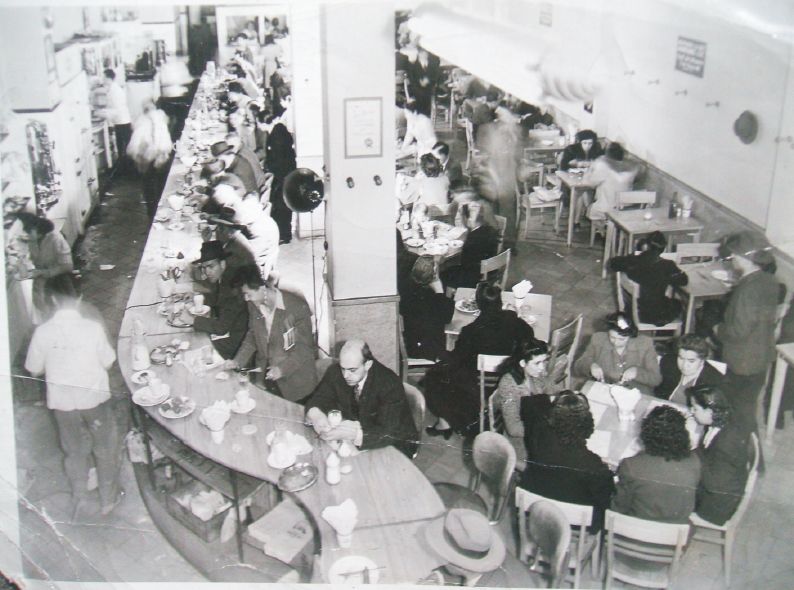
Burger cooks in the ‘50s tried to create a crust on the outer edges of the patty by smashing it thinly on the grill. Burger expert George Motz explained that the “Smashburger” technique was a quick way of preparing customers’ meals to save time, and thin meat retained moisture and flavor better. The chef would use two large metal spatulas to press a round beef ball before adding toppings to make the crusty beef.
Lard or butter
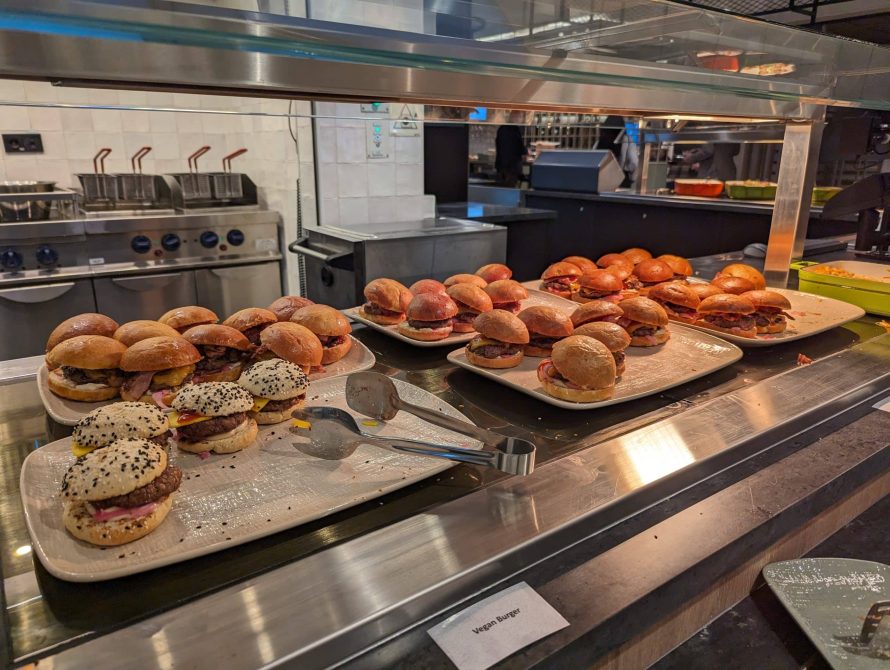
Lard or butter was used to fry almost anything, including a fatty burger steak. “When I was growing up, we kept a tin of bacon grease on the stove to season vegetables and fry meats. There is no such tin in my kitchen today,” a registered dietitian wrote in My Journal Courier. This method was unhealthy, and over the decades, healthier options have been adopted to cook patties.
Fresh meat
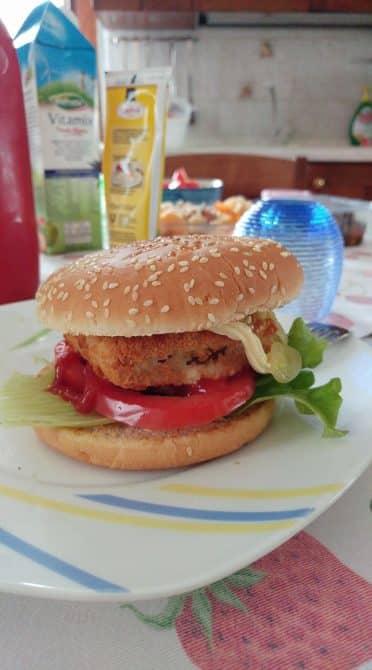
A nostalgic user on Reddit posted, “In the ’50s, it went from the cow to the grill!” and they were right. Back then, meat was cooked fresh, and thanks to the popularity of burgers, there was a mass production of corn-fed cows to cater for it. White Castle was the world’s first burger chain where meat was ground on-site to provide fresh patties to customers.
Smaller bun sizes
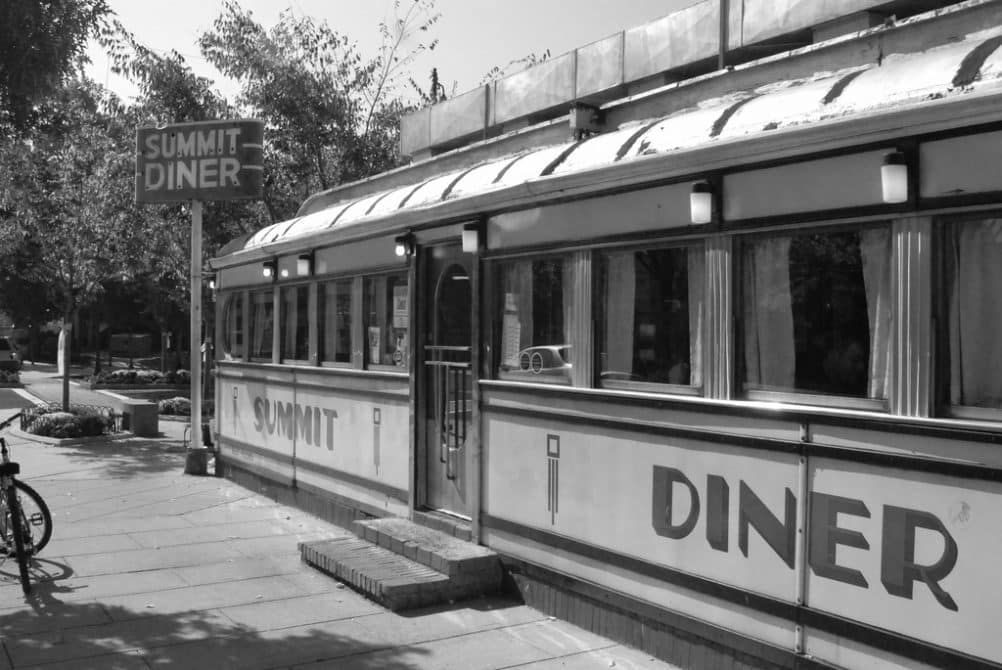
Today’s average burger weighs 12 ounces, three times the size of ‘50s burgers. We can directly link this to the trend of heavier adults today, as food was normally portion-controlled back then. Sides like fries and soft drinks have also increased in size and price over the last seven decades.
